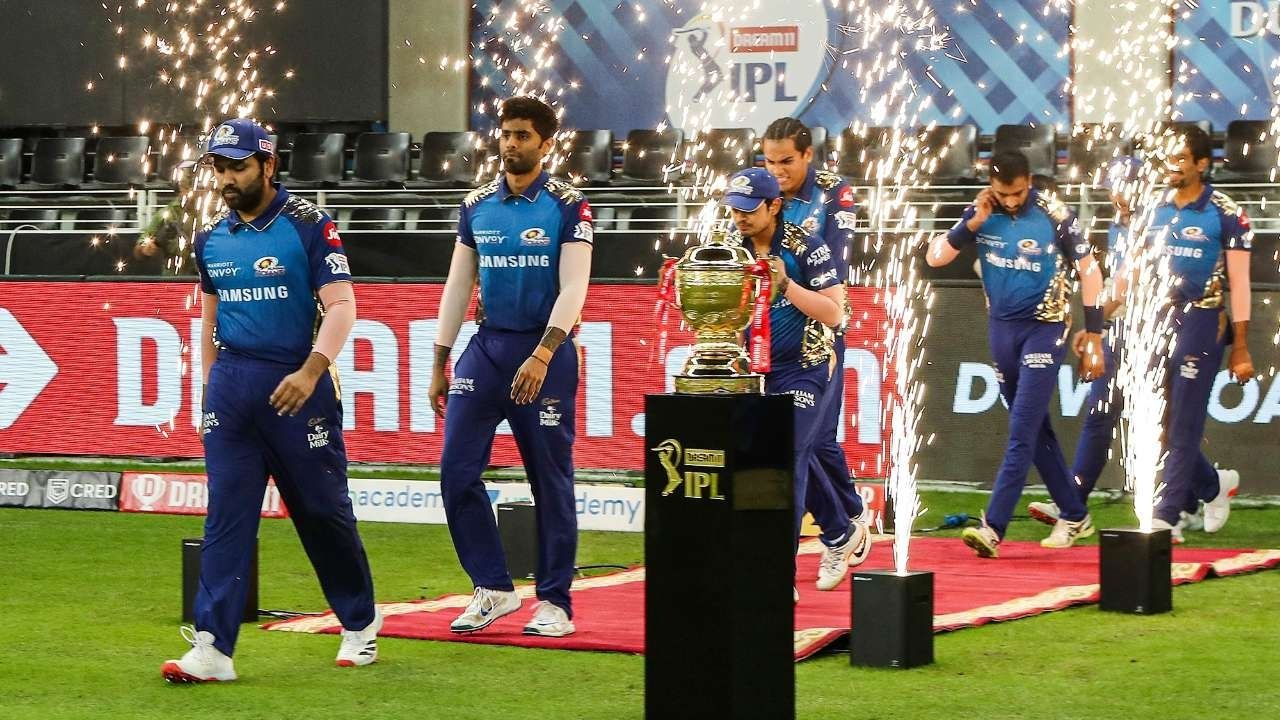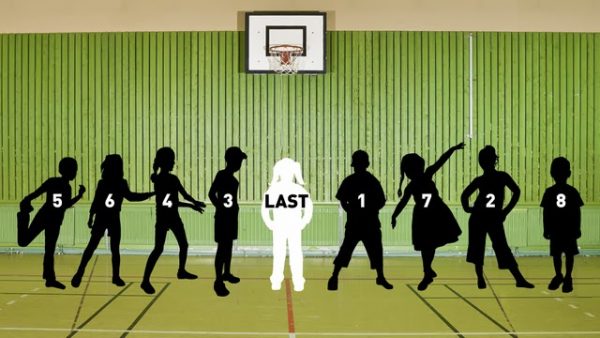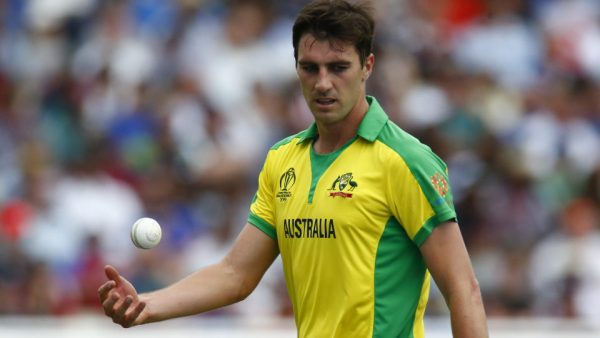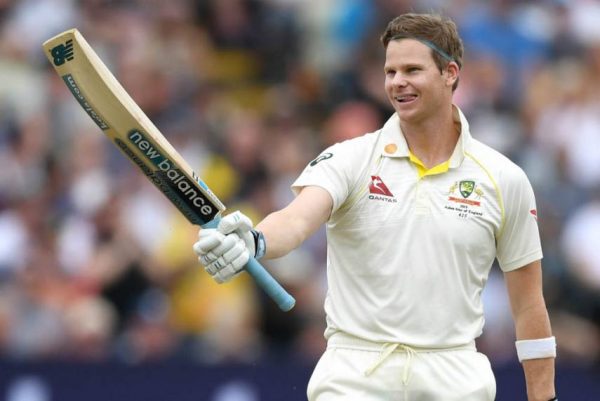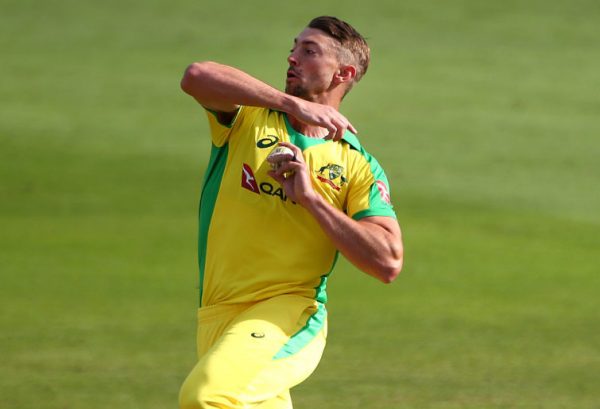I have vivid memories of playing sport at school and PE (I think you Aussies call this HPE) lessons where two captains would be selected and would then pick their team. Whatever sport we were playing, I don’t think I was ever picked first. However, I do remember one particular PE lesson where I had fallen out with my mates (two of whom were designated captains) and I believe I was chosen second last. I knew that they had purposely done this because of the fighting but it still hurt.
As I got older, I would think about the kids who were chosen last every week. Some would pretend not to care; others, disappointment and heartache was etched across their faces. It was heartbreaking.
When I started teaching in the UK, I made sure that when deciding teams for any matches, I gave the kids numbers and chose the teams randomly – this way, nobody had to bear the embarrassment of being chosen last. The kids knew who the best and worst players were: we didn’t need to emphasise this.
Sport has become all too elitist and Capitalist over recent decades and some would argue that money is simultaneously destroying sports, along with ‘helping’ them, in the obvious financial ways.
In a previous life working in sports sponsorship, I would negotiate deals for stadium naming rights, whereby English Premier League teams would be charging tens, if not hundreds of $millions for a business to have their name on their stadium. Go down three or four leagues and the naming rights would be more like $20,000. These clubs are so desperate to earn $20,000 to keep the club from extinction, whereas a club just a few kilometres down the road would nonchalantly accept $100 million for the same privilege. Same but [very] different.
The disparity and gap here is frightening and unfair – it’s a bit like visiting the incredible Camp Nou stadium in Barcelona, where you can literally smell the wealth inside the stadium and see the success in the trophy cabinets. Across the road, there are desolate high-rise buildings and kids sleeping rough – the sights and smells here are somewhat contrary to those inside the stadium. What these homeless kids would do for the 20 euros entry fee the thousands of tourists are paying just to get inside the stadium.
The Indian Premier League (cricket) started a couple of weeks ago and – as usual – each club bought their chosen players in what can only be described as a ‘human auction’. Some players put themselves up for auction, with no takers.
Others, such as Australian fast bowler Pat Cummins, were bought for millions of dollars (over $3 million in the case of Cummins).
Former Australian captain, Steve Smith, was bought for the ‘bargain price’ of a few hundred thousand dollars.
Moving down the list of the cream of cricket and you’ll see the name of Daniel Sams – bought for $38,000. Surely, the difference of Cummins to Sams is not over $3 million… apparently so!
Don’t get me wrong – if someone wanted to pay me $38,000 to play cricket in India I’d take it. The reality is they would probably pay significantly more to prevent me from playing!
My point is that in a country with so much abject poverty, is there a need for this astronomical money to be displayed? Furthermore, if I were in Daniel Sam’s shoes, I’m unsure as to whether I’d be relishing the challenge of trying to topple players valued at over a hundred times my own value; or whether I’d be mildly embarrassed at the small fee paid for my ‘talent’.
As for the players who were ignored: we’ve all been there – and it hurts.
Written by [an emotional] Chris Clegg[y]


